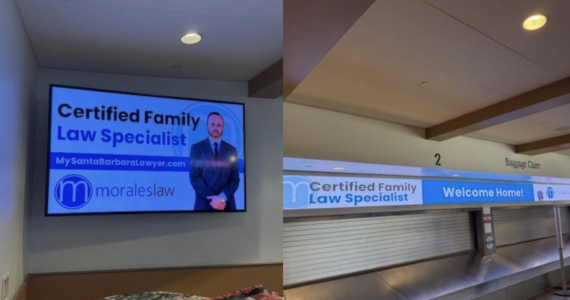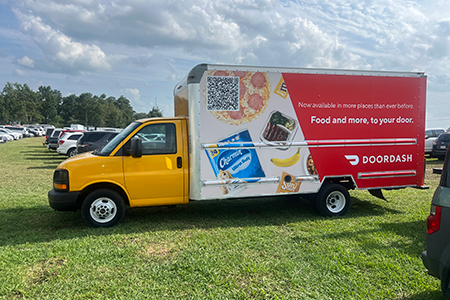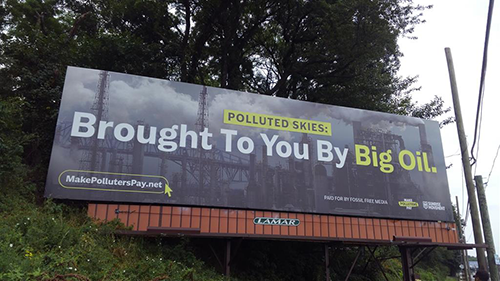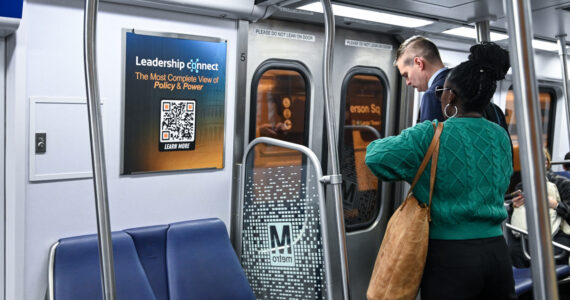Advertising has been dominated by granular performance metrics and audience micro-targeting campaigns that have short-lived digital impressions for many years now. While digital advertisements and campaigns have their time and place depending on goals, many advertisers are going back to the basics: out-of-home (OOH) advertising.
The ad landscape is oversaturated with digital noise, and once again, OOH is giving brands the space, scalability, and massive impact to think bigger and be bolder.









